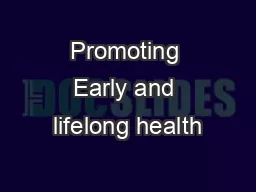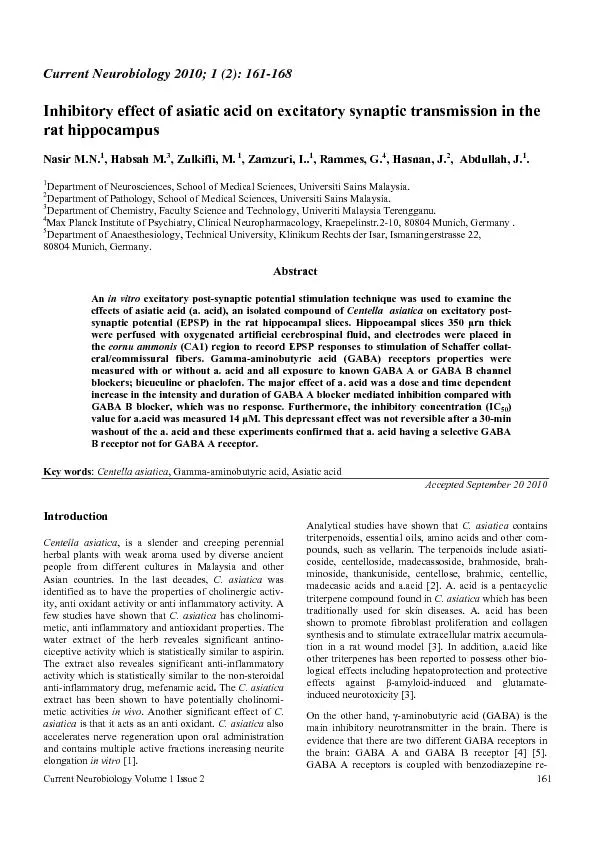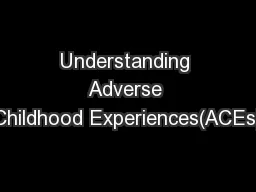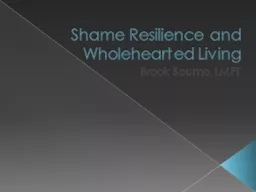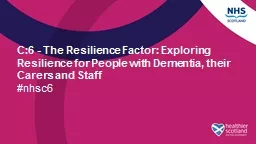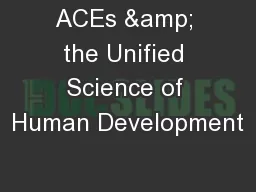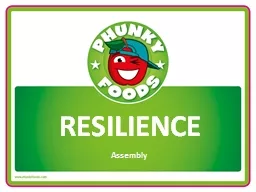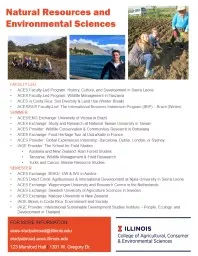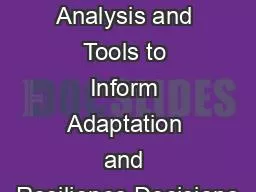PPT-NEUROBIOLOGY OF ACEs and resilience
Author : stefany-barnette | Published Date : 2018-02-17
Sue Stephenson MD Sonoma County ACEs Connection May 30 2017 GOALS Understand science and concepts behind ACEs and resilience Relate neuroscience to traumainformed
Presentation Embed Code
Download Presentation
Download Presentation The PPT/PDF document "NEUROBIOLOGY OF ACEs and resilience" is the property of its rightful owner. Permission is granted to download and print the materials on this website for personal, non-commercial use only, and to display it on your personal computer provided you do not modify the materials and that you retain all copyright notices contained in the materials. By downloading content from our website, you accept the terms of this agreement.
NEUROBIOLOGY OF ACEs and resilience: Transcript
Download Rules Of Document
"NEUROBIOLOGY OF ACEs and resilience"The content belongs to its owner. You may download and print it for personal use, without modification, and keep all copyright notices. By downloading, you agree to these terms.
Related Documents


